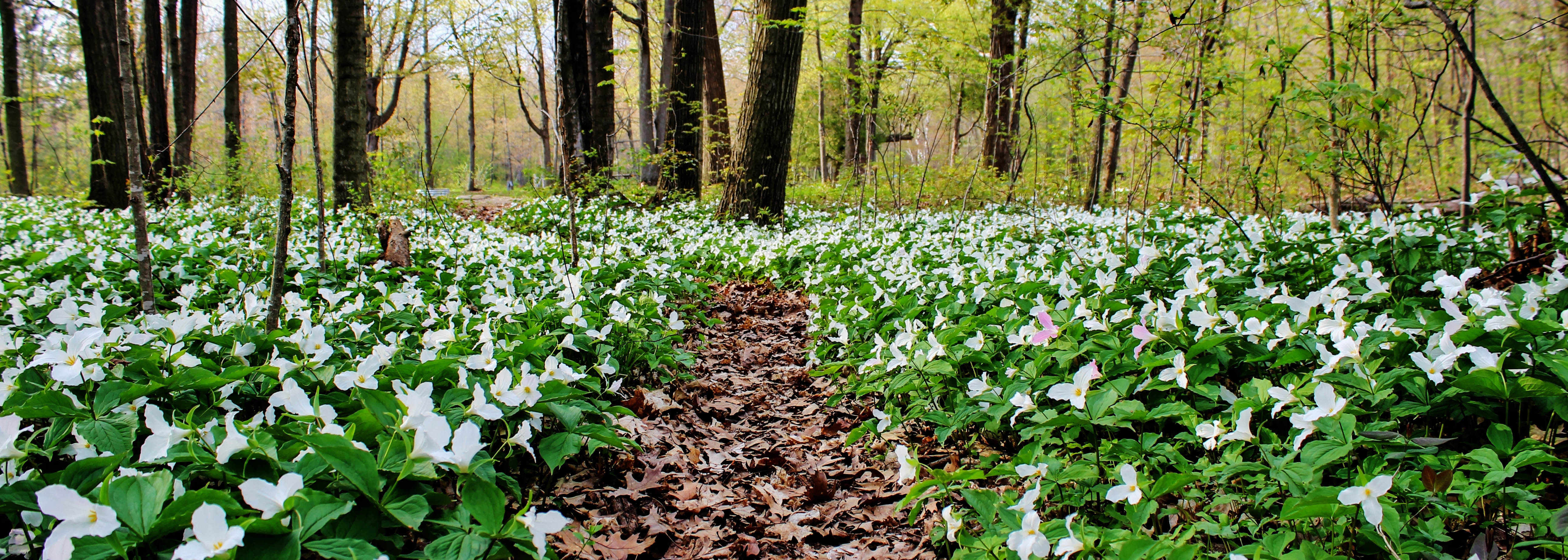|
FORESTSMichigan’s forests are one of a kind, with incredible diversity and rich history. Inspiration for centuries of outdoor enthusiasts and artists – Hemingway, Longfellow, Otto and Harrison, to name a few – our woodlands are the stuff of legends. Their protection and health are part of our State’s storied identity. Non-industrial private forestland encompasses 11 million acres of Michigan – 57% of Michigan's forested land base – owned by over 420,000 family forest landowners. Local Conservation Districts assist forest landowners through FAP in cultivating sustainable management and quality habitat for their forested lands by facilitating voluntary programs like MAEAP FHW verification, working hand-in-hand with MDARD, MDNR and the USDA’s NRCS. Read below or reach out to your local Conservation District to learn more: we're here to help you and your woodlands thrive for many years to come.
Forest, Wetland & Habitat (FWH)Our Districts' MAEAP FWH verification program focuses on practices that promote sustainable forestry, wetlands, and non-forest habitat. These include forest health; protecting air, water, and soil; and restoring habitat. This MAEAP category was created to help Michigan landowners to better understand, plan, manage, protect, and use their natural resources. To do this, our Conservation Districts provide education and one-on-one expert help to landowners on local forest health issues. The Goal: Increase the number of landowners (and their acreage) managing Michigan lands using sustainable land management plans. Grant funds to support this work are provided by the Michigan Department of Agriculture and Rural Development (MDARD).
Forest Assistance Program (FAP)
Michigan Conservation Districts provide education and one-on-one technical help with local forest health issues for private landowners and communities. Our professional foresters work out of 19 District offices, providing coverage for 46 counties in upper and lower Michigan. Local Conservations Districts provide assistance to help their area's citizens better understand, plan, manage, protect and utilize their forest resources. The program is made available through grants from MDARD. Note that the FAP strives to not compete with private sector business. Our foresters do not write management plans, administer timber sales, or provide any other service that could otherwise be provided by the private sector. Click here for a current map of Conservation Districts with Forestry Assistance Foresters, and the counties currently covered through this program.
Environmental Quality Incentives Program (EQIP)The EQIP provides financial assistance to address natural resource concerns on non-industrial private forestland. Our Districts facilitate EQIP on the local level, aiding the USDA's Natural Resources Conservation Service (NRCS) in rolling out financial and technical assistance through this voluntary program. The primary focus of the forestland fund pools within EQIP is to implement practices (including but not limited to) that:
|

